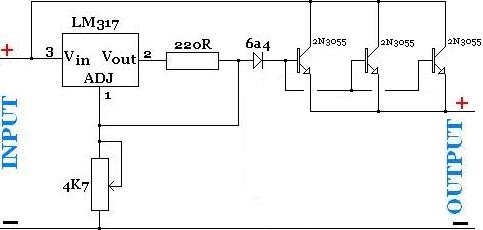boylesg
Advanced Member level 4

- Joined
- Jul 15, 2012
- Messages
- 1,023
- Helped
- 5
- Reputation
- 10
- Reaction score
- 6
- Trophy points
- 1,318
- Location
- Epping, Victoria, Australia
- Activity points
- 11,697
I can deduce what Vbeq1 refers to in the data sheet for BD536.
Ireg is 5mA
I know what BetaQ1 is.
But what are the terms Ireq and Iq1?
No idea.....and with a few guesses as to what they refer to I am getting no where near the value 3R as in this example.

Ireg is 5mA
I know what BetaQ1 is.
But what are the terms Ireq and Iq1?
No idea.....and with a few guesses as to what they refer to I am getting no where near the value 3R as in this example.




